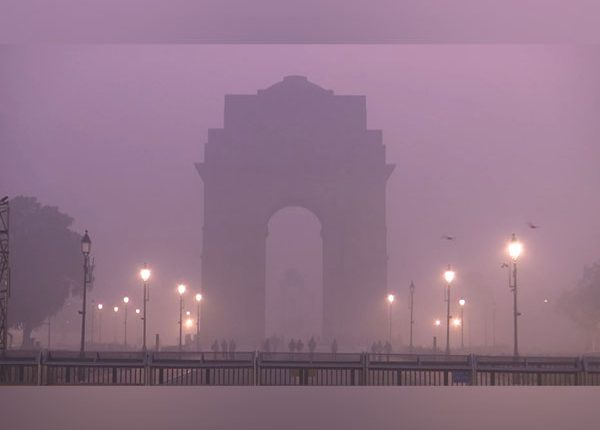New Delhi: As Delhiites gear up for a ‘green’ Diwali with Supreme Court-approved eco-friendly crackers, the capital’s skies have turned ominously grey. Sunday’s air quality plummeted to hazardous levels, with the Air Quality Index (AQI) surging past 400 in several spots, prompting the immediate rollout of Graded Response Action Plan (GRAP) Stage 2 measures to curb the smog menace.
Central Pollution Control Board (CPCB) data paints a grim pre-festive picture: the city’s overall AQI hit 296 by 4 pm – firmly in the ‘poor’ category — edging towards ‘very poor’ (301-400). Hotspots like Anand Vihar clocked a choking 430, followed by Wazirpur (364), Vivek Vihar (351), Dwarka (335), and RK Puram (323).
Across the NCR, woes worsened: Ghaziabad notched a three-day streak of ‘very poor’ air at 324. Of Delhi’s 38 monitoring stations, 12 screamed ‘very poor’, forcing authorities to enforce bans on coal-based industries, diesel generators, and stricter construction dust controls under GRAP-2.
The irony stings amid Diwali buzz. Green cracker sales exploded post-Court nod, with queues snaking outside shops for NEERI and PESO-certified bursts—permitted only from 6-7 an and 8-10 pm. QR codes now tag genuine ones, and Delhi Police patrols hunt fakes. Yet, a LocalCircles survey of over 38,000 residents in Delhi, Gurugram, Noida, Faridabad, and Ghaziabad warns of a 40% jump in firecracker use from last year. Alarmingly, 34% of families plan to light up, half eyeing non-green variants too. Doctors caution even ‘safe’ crackers could spike health risks in this toxic brew.
With stubble-burning season looming, can Delhi’s green resolve pierce the poisonous haze? Festivities flicker, but fresh air feels far.



Comments are closed.